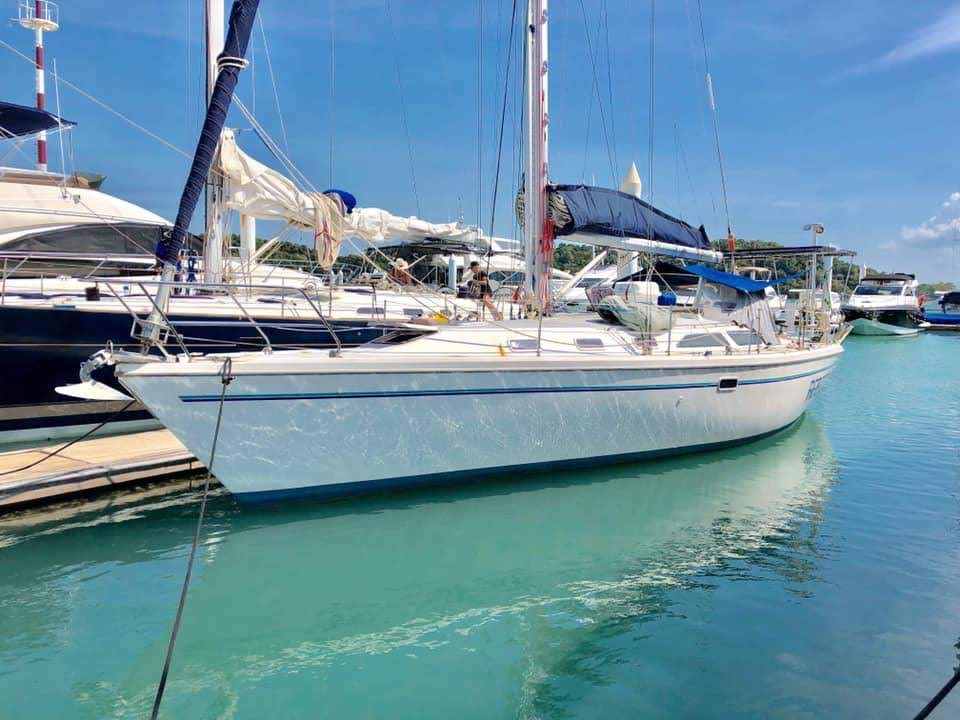Fuel is also valuable in that the engine can charge the batteries. Battery power is essential to running the autopilot, without which single handed long distance sailing is difficult if not impossible. When I added the solar panel array it became possible to run the engine a great deal less but I still am careful. Several days of fog or rain can render the solar array less valuable. Since at the moment I am in Maine on my way to Nova Scotia where fog is commonplace I am very aware that I could lose the solar panel charge for a couple of days. In addition, the higher the latitude the less efficient the solar panels become.
This brings me to my current frustration - downwind sailing in light wind with a beam sea. The problem is that the beam sea rolls Reboot. The rolling motion creates continuous gybing. So the boom wants to swing from side to side. Of course one rigs a preventer to keep the boom from moving but that does not keep the mainsail from flogging.
My strategy has been to tack downwind, that is to alter my course so that the wind is more from the beam. In addition by turning the boat more into the direction of the waves the rolling motion is reduced. The problem is that the tacking angle necessary is extreme, usually 45 degrees off course or more. At 45 degrees I am adding 1.414 miles for every course mile traveled (remember the 1 - 1 - square root of 2 triangle?) and also putting myself 1 mile off track. That is not very satisfying. On a long transit once the wind picks up you can come back on course at a very shallow angle but you are still putting in a lot of extra distance.
The offshore winds tend to be different than the near shore winds. They are more constant in direction. They do, however, have the same tendency to die at sunset and then pick up later in the night. At the moment however I have gone about 8 hours in the light downwind beam sea configuration. The banging around of the sails and boom are really getting on my nerves but there is little I can do except start the engine. Since I consider these trips training for crossing the Atlantic next summer I am very hesitant to do that. So I am bobbing along at about 2.5 knots. At least the sky is clear and the milky way beautiful.


No comments:
Post a Comment